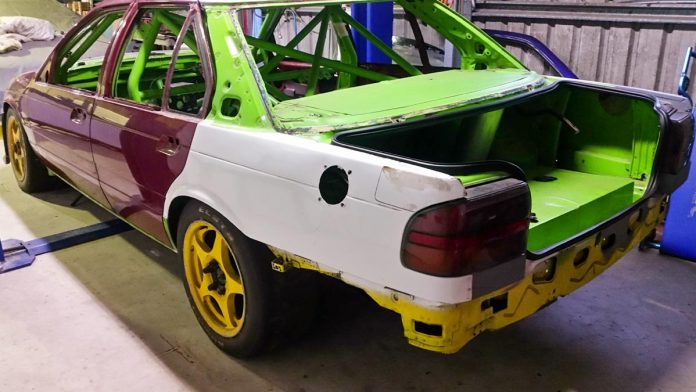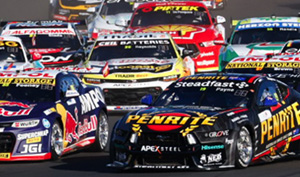ONE of the few surviving Ford Falcon EBs built during the first year of Australia’s five-litre touring car formula that became V8 Supercars is being brought back to life.
It isn’t one of the coveted winning cars from heavyweights Glenn Seton Racing or Dick Johnson Racing, but a low-budget racer with a unique and captivating story of its own.
ONE WEEK ONLY: V8 Sleuth’s Mad March sale on now!
PODCAST: EB Falcons feature in our latest Q&A edition of the V8 Sleuth Powered by Repco
Dubbed GWR193, the car was built by privateer Australian touring car stalwart Garry Willmington during 1993 out of a wrecked Group E production car shell and made its race debut at that year’s Bathurst 1000.
Like the Allan Moffat Racing Cenovis EB, this car tackled ‘The Great Race’ with a carburetted engine and a five-speed Getrag gearbox, rather than the fuel injection and six-speed Holinger used by the other teams.
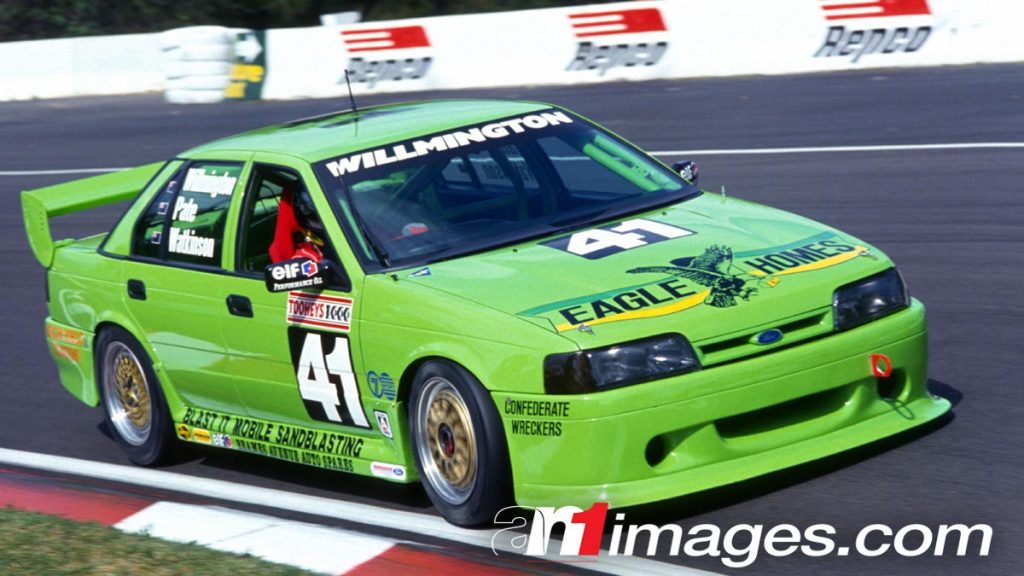
The perennially under-funded Willmington made sporadic appearances with the car in Australian touring car racing’s top-flight over the following seasons, including in the 1994 and ’96 Bathurst 1000s.
Its last Australian Touring Car Championship start came in the 1997 season finale at Oran Park, having also contested AMSCAR rounds earlier in the year.
The car then re-appeared for the first ever round of the V8 Supercar Development Series in 2000, run by Willmington’s team for truck racer John Falk.
From there it was retired to Wakefield Park where it was used as a ride experience car for several years before being bought by a private collector in 2009 with the intention of restoring it.
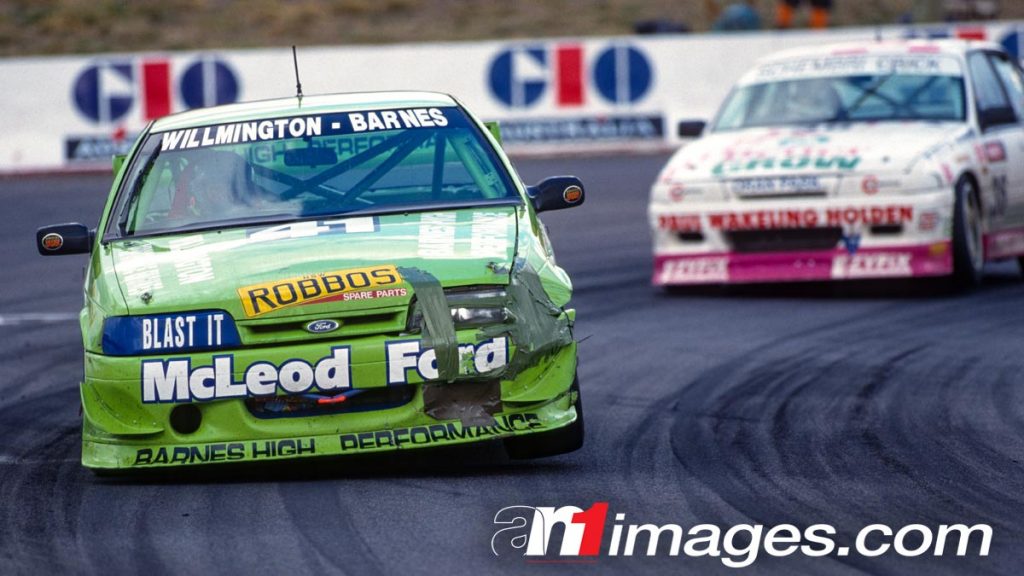
While various personal factors put the project on hold for many years, the Queensland-based collector – who wishes to remain anonymous – confirmed to V8 Sleuth this week that work on it is well underway.
The restoration though is progressing slowly, due in part to the owner’s determination to ensure the car remains true to its roots.
“The car was in very poor condition when I got it from Wakefield Park Raceway. It was a fly shit away from someone grabbing it for the mechanicals and ditching it,” the owner told V8 Sleuth.
“The way it sits at the moment it’s worth about $350 in scrap metal, but I’m really proud to own it and be able to tell the story that it represents; that privateer struggle that is missing from Bathurst today.
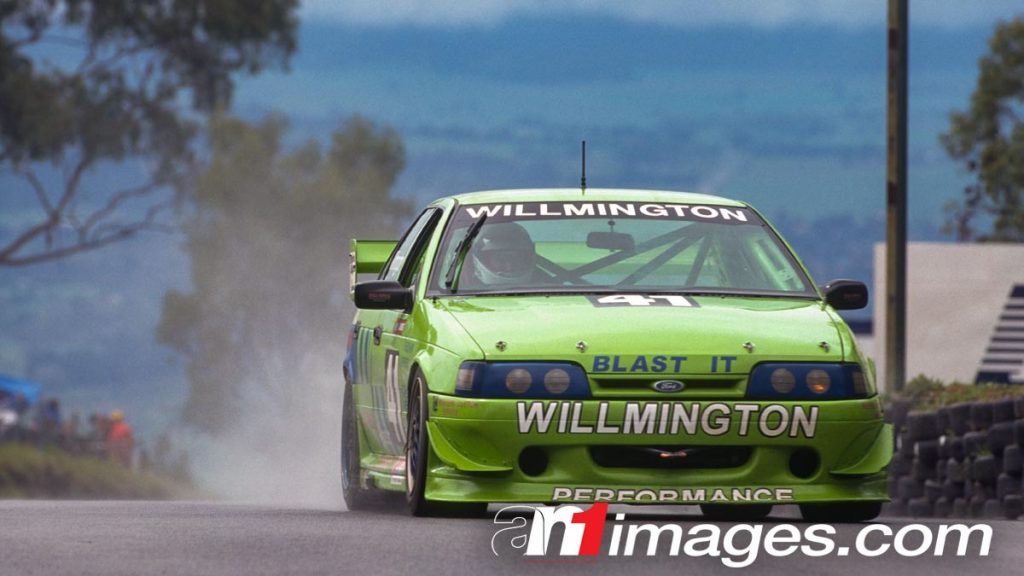
“Garry used a lot of compromised parts back in the day just to put something on the grid and we want to retain them because it shows off what the car was all about.
“It didn’t have money thrown at it like a Johnson or a Seton car and it didn’t have the expertise of the Moffat car, it was just a bunch of mates putting together a car with whatever they had at the time.
“When you look at the dollar value of the technology that went into it, it was virtually zero. It has analogue gauges and all of that. In that respect it may as well have been a Group C car!”
For its whole life the car has had a single engine that was initially built by Willmington with assistance from Dick Johnson Racing.
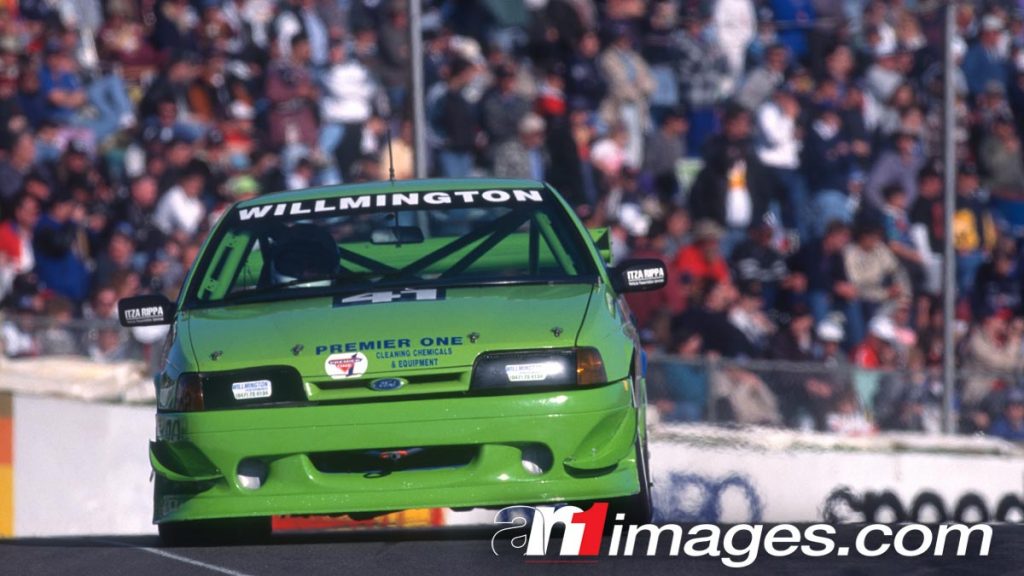
The owner suspects, but is yet to find conclusive evidence to prove, that the block may have even been one of those utilised in Johnson’s Group A Mustangs during the mid-1980s.
Having debuted in Willmington’s car in 1993 with a carburettor, it was upgraded with a basic fuel injection system in ‘94 but retained a wet sump and some other unique features.
“When I first got the car, Garry said ‘come and see me and I’ll go over it with you’,” explained the current owner.
“He lifted the bonnet and his mates were around it and having a bit of a chuckle. He said, ‘do you notice anything weird about the engine?’ and, after a bit of a pause, he pointed to the distributor.
“He said ‘we made that distributor drive ourselves out of an air drill because we couldn’t afford a Harrop one at the time’.
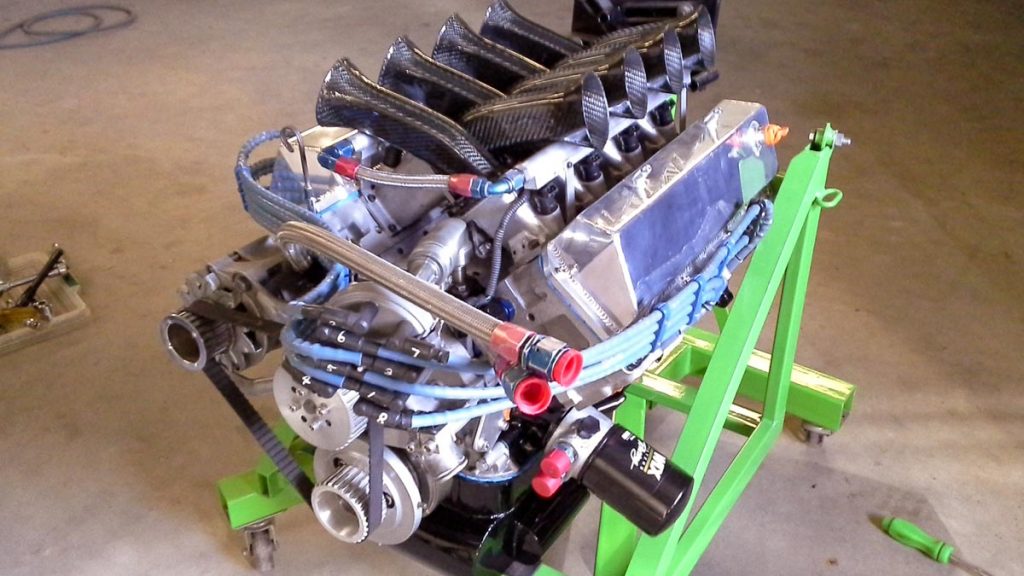
“That distributor has a lot of backlash and it’s caused us some issues on the dyno for tuning and things, so I’ve had people say, ‘get rid of it’, but I said ‘no, that stays there’.”
Such examples of unique items on the car being retained aren’t just under the bonnet, either.
“It’s got TWR [Tom Walkinshaw Racing] brake calipers on it that came off the [Group A] Jaguars. They’re currently in quite poor condition, but we’re trying to save them,” he added.
“I can easily get a new set of calipers but how much new stuff do you bolt on before it stops being true to its story? We want all the stuff that made it an oddity back in the day.”
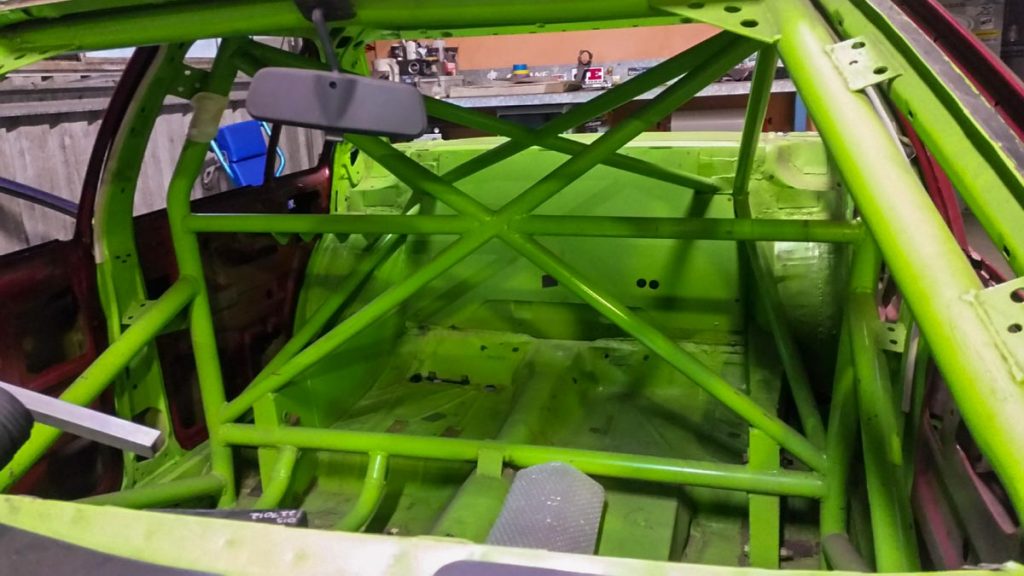
There have had to be some compromises though. The original pistons that it had retained since 1993 couldn’t be saved and the same can be said for its rocker system and various other components.
The engine is therefore currently awaiting several new parts from the United States before it returns to the dyno.
Among the next challenges will be refurbishing the Getrag gearbox, while the chassis itself has had various panel work done and is about to be stripped and put on a rotisserie for a full going-over.
Despite the owner’s plans to accelerate work on the car towards the end of the year, it could still be some time before it is back on track.
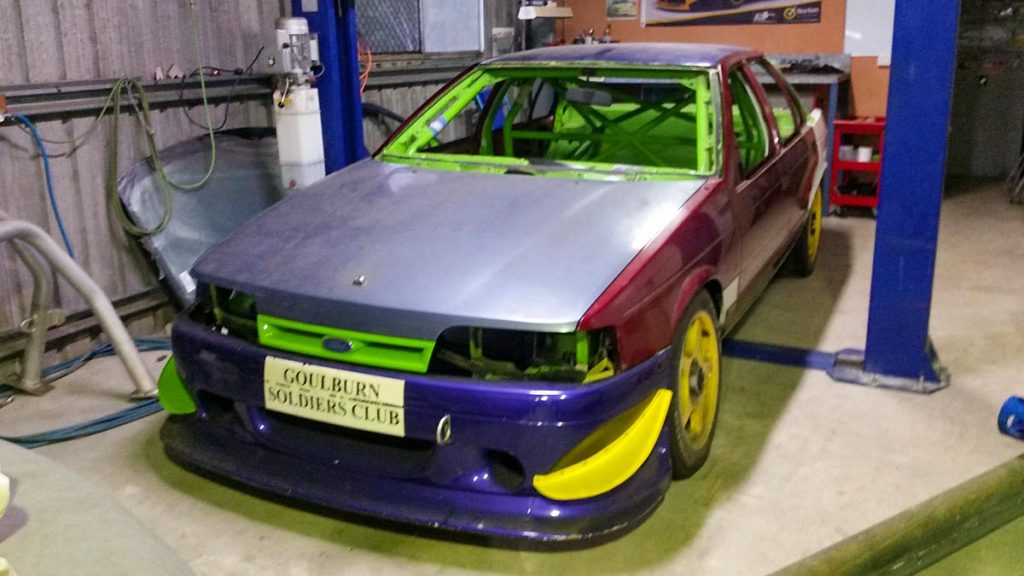
It will eventually be returned to its trademark lime green, although the exact livery and year it will represent is yet to be decided.
“I preferred how the car was presented in 1993 but at the moment I’ve got the EBII aero, so unless I go back to the original package it’s going to be either ‘94 or ’96,” he said.
As for plans once the car is completed, he added: “I’m not going to have huge funds to go to the big events.
“I’ll do small stuff like the Leyburn Sprints and things like that just to get it out there and for people to see it again without stressing it too much.
“But just getting it back together is my main goal and knowing we’ve saved another piece of history. There are so few EBs around, so to save and protect them is an important thing.”
While the restoration takes place, the owner is hopeful the car’s lost logbook will resurface. Anyone who has information on the whereabouts of this logbook can contact us here.


